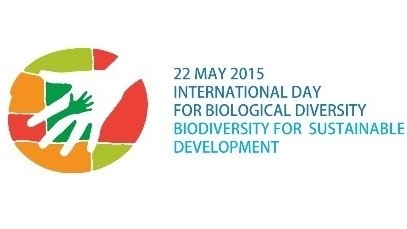Wildlife are an important part of biodiversity and are facing multiple threats of extinction from various sources, including exploitation, habitat destruction, climate change, environmental pollution, encroachment of non-native species, forest fires, and in particular, the increase of illegal wildlife trade and demand in many countries around the world.
Vietnam has been acknowledged as a country with high biodiversity and many natural ecotypes. It is also home to many endangered and rare species. The Vietnamese government has realised the significance of bio-diversity conservation, not only for the environment, but also in economic, medical and social factors. Although a huge effort has been made to conserve biodiversity, the country still faces illegal and unsustainable wildlife trade and demand.
Statistics from the Forest Protection Department under the Ministry of Agriculture and Rural Development (MARD) has shown that between 2010 and 2014, rangers across the country detected and handled more than 3,280 cases of violations on wildlife management and seized more than 58,000 life animals , including 3,000 species classified as endangered or rare.
More concerning, more than 880 of over 48,000 species of flora and fauna recorded in Vietnam are being threatened at many levels. Typically, natural population of tigers in Vietnam is estimated at about 30 and the wild elephant population is less than 100.
Vietnam is considered a hotspot of cross-border wildlife transportation and smuggling. The increasing wildlife exploitation, trade and consumption in the country are caused by population growth, which puts high pressure on wildlife exploitation and consumption for use in food and medicine. It is also a consequence of lax handling of violations of illegal wildlife trade and consumption, a lack of public awareness of environment protection and biodiversity conservation, and poor education on legal regulations.
In a bid to minimise and end illegal wildlife exploitation and trade, the Ministry of Natural Resources and Environment, MARD, the Ministry of Public Security, and the Ministry of Justice need to strengthen co-ordination to synchronously and effectively address the three main roots of the problem: illegal wildlife hunting, trade, and demand.
The ministries should review, adjust and complete legal frameworks on wildlife management and protection in order to remove overlapping and insufficient assignment of their responsibilities of those working in the field.
Moreover, the breeding for commercial purposes of endangered and rare species, which are defined as a “priority” for protection in Annex I of the Convention on International Trade in Endangered Species of Wild Fauna and Flora (CITES), must be prohibited.
It is also necessary to devise preferential policies for owners of biodiversity conservation centres, who take part in programmes on releasing wild animals into their natural habitat. Education on raising public understanding of wildlife protection should be enhanced, and information on violations and violators in wildlife trafficking and transportation should be made public through mass media.
These practical actions will help Vietnam fulfill its obligation to international conventions on biodiversity conservation, in which Vietnam is a signatory.
















